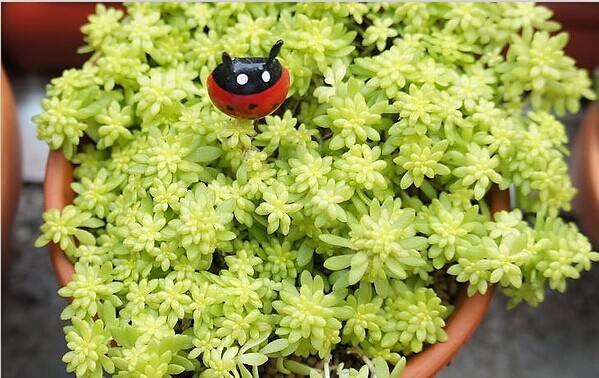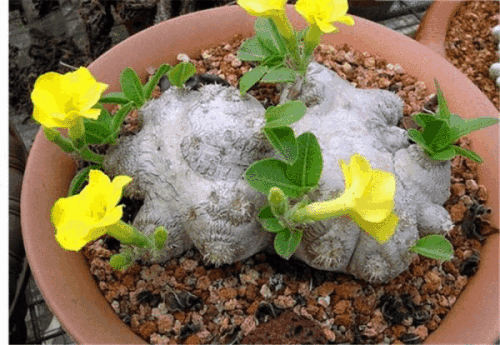Identification and control of main diseases and insect pests in plum blossom
According to preliminary statistics: plum blossom has more than 170 kinds of diseases and insect pests, including more than 30 kinds of diseases and more than 140 kinds of insect pests.
Plum blossom, dignified plant shape, vigorous dry branches, green leaves, beautiful flowers, rich color, fragrance quiet, is one of the most popular traditional flowers. In particular, its ice muscle jade bone, proud frost fighting snow,"ten thousand flowers dare to snow, a tree first released the world spring" noble character, thousands of years has been the Chinese people fear violence, unyielding, pioneering and enterprising, the great national spirit symbol, so it has become one of the most popular candidates for "national flower." Whether it is the literati who read poetry and books, or the industrious and simple workers and peasants, they all have a kind of nostalgia for plum blossoms, so they have their beautiful appearance and charm everywhere in parks, courtyards, streets, green islands and balconies. Whether it is a piece of plum trees, or groups of three or five, or single plant embellishment, or pine and bamboo companion, also no matter whether it is planted in the ground or potted plant modeling, to make plum trees flourish, buds colorful, rich aroma, pest control is the most important link.

1. Identification and control of main diseases of plum blossom
1. Leaf roll disease
Leaf curl is a physiological disease. Under the condition of water stress, the leaves of plum blossom planted in soil or potted plants were folded inward from both sides, and the whole plum plant was in a tired and wilting state, which led to a large number of leaves falling off when serious. The reasons are: on the one hand, due to high temperature and little rain in summer, soil drought, dry air, too strong light, on the other hand, plum tree itself is a fine fibrous root, the ability to absorb and transport water is poor, plus plum leaves are thin, and at this time plum plants evaporate water faster, overall water deficit state, resulting in its leaves curly, especially "green calyx plum" varieties occur the most serious. The leaf rolling phenomenon starts from June, and after rain, the leaves can be slightly flattened; when the weather is smooth and the water supply is sufficient, the leaf rolling appears later, and there will be no large number of leaves, and it will not affect the differentiation of flower buds.
Control methods: leaf roll is the plum blossom itself special structure and physiological characteristics, as well as adverse climatic factors caused by comprehensive action. Therefore, management should be strengthened to make its root system develop well and its tree body grow healthily, so as to improve its water absorption and water transportation capacity; after entering the high temperature and drought season, root watering, leaf spraying and environmental watering should be strengthened to create a relatively cool environment for it by humidifying and cooling; potted plum blossoms, especially shallow potted plum piles, especially for "green calyx plum" varieties, can be shaded by canopy, and the shade degree should be controlled between 30% and 40%, so as to protect their rolled leaves from falling due to excessive dehydration.
2. Yellow disease
Chlorosis is a physiological disease of iron deficiency occurring in alkaline soils. Plum trees planted in soil or potted plants in the north area of Huaihe River are exposed to alkaline soil or alkaline water for a long time, which leads to necrosis of nutrient fibers and roots, resulting in chlorosis and yellowing of leaves. Alkali yellow is mainly manifested in the leaves of new shoots, the leaves are small, the veins are yellow and white, not very regular, but the veins are still green, and the old leaves in the middle and lower parts generally do not yellow.
Control methods: Potting soil or garden soil, to adjust its pH value to 6.5 below; with tap water watering flowers, to place for 3-5 days, and add a small amount of ferrous sulfate particles; growing season irrigation once a month alum fertilizer water, can prevent the occurrence of chlorosis; leaves appear more serious chlorosis, available 0.3% ferrous sulfate solution irrigation roots, with 0.2% solution spray, once a month, irrigation and spray, two-pronged, can promote its young leaves to fade yellow and green. A small amount of potted plants can also be considered with 1% vinegar solution or 0.5% citric acid solution irrigation roots.
Time: 2019-04-19 Click:
- Prev

Control of Diseases and insect pests in Tulip Culture
Cultivating tulips can indeed give people a pleasant feeling, but we should always pay attention to pest control and take good measures to protect it. The editor has helped you sort out the pest control of tulip farming. 1. Tulip ash rot the pathogen of tulip ash rot is film leather, which is a fungal disease.
- Next

[Apocynaceae] Root plants-the shape, habits and conservation priorities of Huibi Xiu Xiao!
The form, habit and maintenance focus of Huibi Xiu Xiao! English name: Huibi Suxiao alias: Huimei Suxiao Scientific name: Pachypodiumbrevicaule Plant Family: Apocynaceae, Apocynaceae Origin Distribution: southwestern Madagascar Huibi Suxiao has no obvious stem
Related
- Fuxing push coffee new agricultural production and marketing class: lack of small-scale processing plants
- Jujube rice field leisure farm deep ploughing Yilan for five years to create a space for organic food and play
- Nongyu Farm-A trial of organic papaya for brave women with advanced technology
- Four points for attention in the prevention and control of diseases and insect pests of edible fungi
- How to add nutrient solution to Edible Fungi
- Is there any good way to control edible fungus mites?
- Open Inoculation Technology of Edible Fungi
- Is there any clever way to use fertilizer for edible fungus in winter?
- What agents are used to kill the pathogens of edible fungi in the mushroom shed?
- Rapid drying of Edible Fungi

